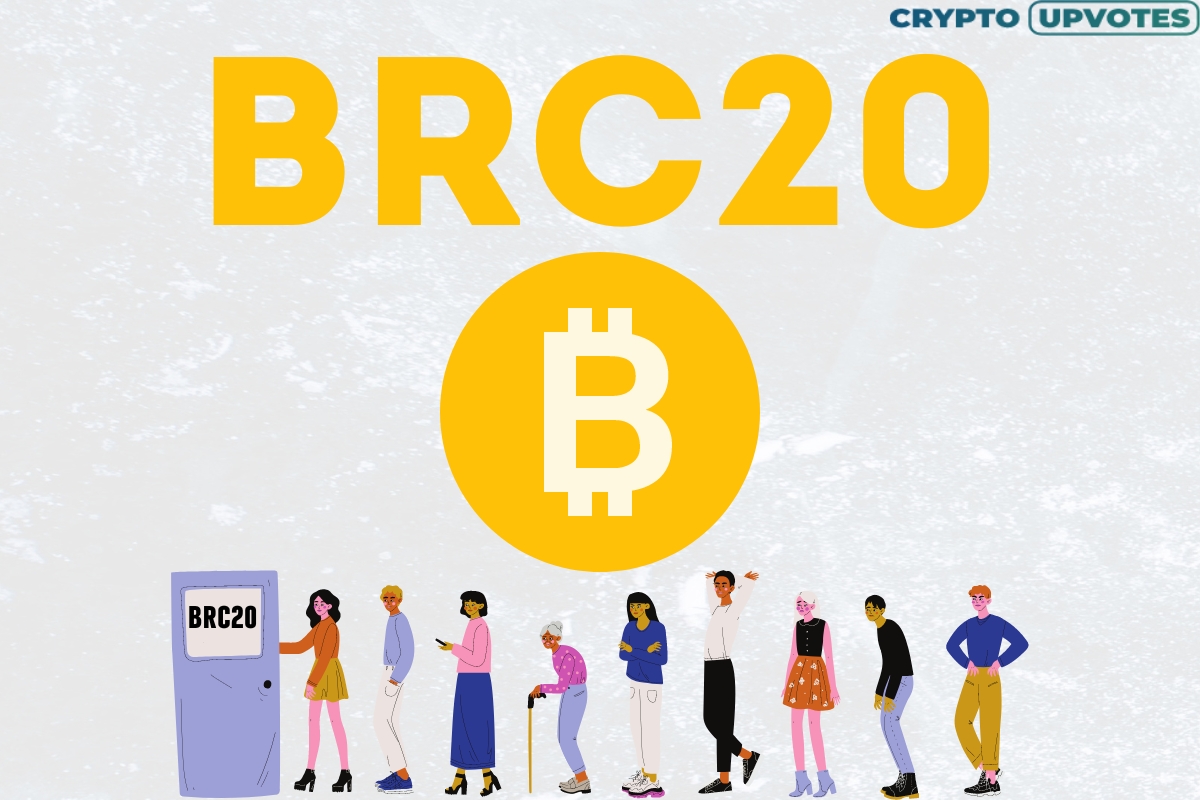Bitcoin price volatility should be expected this week
Our experts analyzed situation on the crypto market and told how the price of Bitcoin can change
The week of March 25-31 was relatively quiet. The following key factors influenced the crypto market. This is the dynamics of the U.S. dollar, stock indices and futures on them. As well as data on inflation in the U.S., measured by the PCE index, as well as the speech of the head of the Federal Reserve Jerome Powell. News about the accusations against the KuCoin exchange caused concerns and led to a massive outflow of funds from the platform. But it did not have a strong impact on the market either and Bitcoin.
Last week’s analysis
On March 25, bitcoin showed a strong growth of 3.97% and closed at $69,880 per coin. This rise occurred after the bulls were able to overcome an important resistance level at $65,430 on Sunday. And that marked the break of the local downtrend.
On March 26, the BTC/USDT pair rose 0.15% to $69,988, hitting an intraday high of $71,561. Buyers took a pause, retreating to $69,280.
March 27 saw increased volatility. The BTC/USDT pair fell 0.74% to $69,469 after a failed attempt to break above $71,769. The price slipped 5% to $68,359, but did not go below this level.
On March 28, the BTC/USDT pair rose 1.89% to $70,780. The price touched $71,500 three times. But it failed to move higher because of the S&P 500 futures drawdown before the close of trading.
On March 29, trading on the BTC/USDT pair ended with a 1.31% decline to $69,850. Despite the buyers’ attempts to develop upward dynamics, they failed to hold the gained positions. During the U.S. session, the bitcoin rate fell to $69,000.
As on this day the exchanges of the USA and Europe were closed due to Easter holidays. The cryptocurrency market was deprived of the guidelines set by traditional markets. The pressure on prices could be exerted by the published data on inflation in the United States. As well as the speech of the Chairman of the Federal Reserve Jerome Powell.
By the time the trading closed, the bitcoin price recovered to $69,850. And remaining within a four-day sideways trend with a range of $68,350 – $71,550 (the maximum of the week was $71,769).
U.S. inflation data and a speech by Federal Reserve Chairman Jerome Powell
According to the released figures, inflation in the US, as measured by the change in the price index of personal consumption expenditures (PCE). And rose to 2.5% year-on-year in February. The core PCE price index also showed an increase. These data were in line with expectations. However, they did appear to have put some pressure on the market. As traditional exchanges were down, it was mostly bitcoin that reacted.
Rising inflation and Jerome Powell’s words about the need to keep rates high could mean the following. That the Federal Reserve will be cautious about changing rates. Market conditions and new employment data will be key factors for future Fed decisions between April 1 and April 7.
Important events expected this week and possible BTC price changes
This week will be full of publication of important macroeconomic indicators. Therefore, we should expect increased volatility in all markets. On April 3, Jerome Powell will make another speech.
Currently, bitcoin is in a sideways with a range of about 5% or $3450. The technical picture remains on the side of buyers. The only potential negative factor could be the strengthening of the dollar after the long weekend.
Possible technical resistance levels could be $72,650 and $73,800. According to BitRiver estimates, on the sellers’ side, $65,800 and $60,800 levels are the targets.
Our experts note that issuers of nine new spot bitcoin-ETFs. Which were launched on January 11, currently own more than 500 thousand BTC worth $35.2 billion at the current exchange rate. The first place by number of coins in the vault is occupied by BlackRock with about 250 thousand BTC. And in second place is Fidelity with about 150k BTC, and the top three is rounded out by Bitwise with 50k BTC. Before the upcoming halving, the demand for bitcoin remains high. And therefore, the support from institutional investors will remain for a long time.











